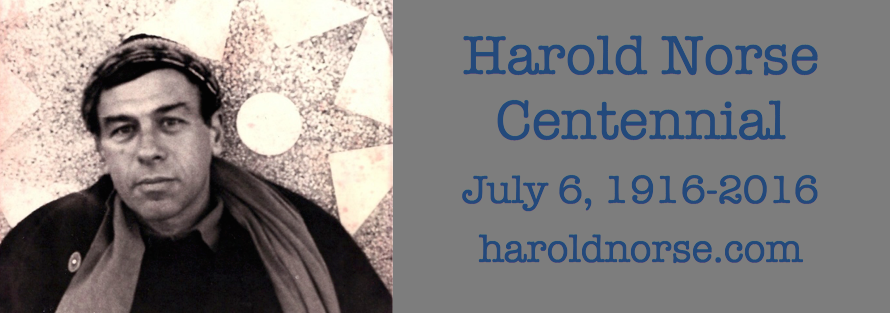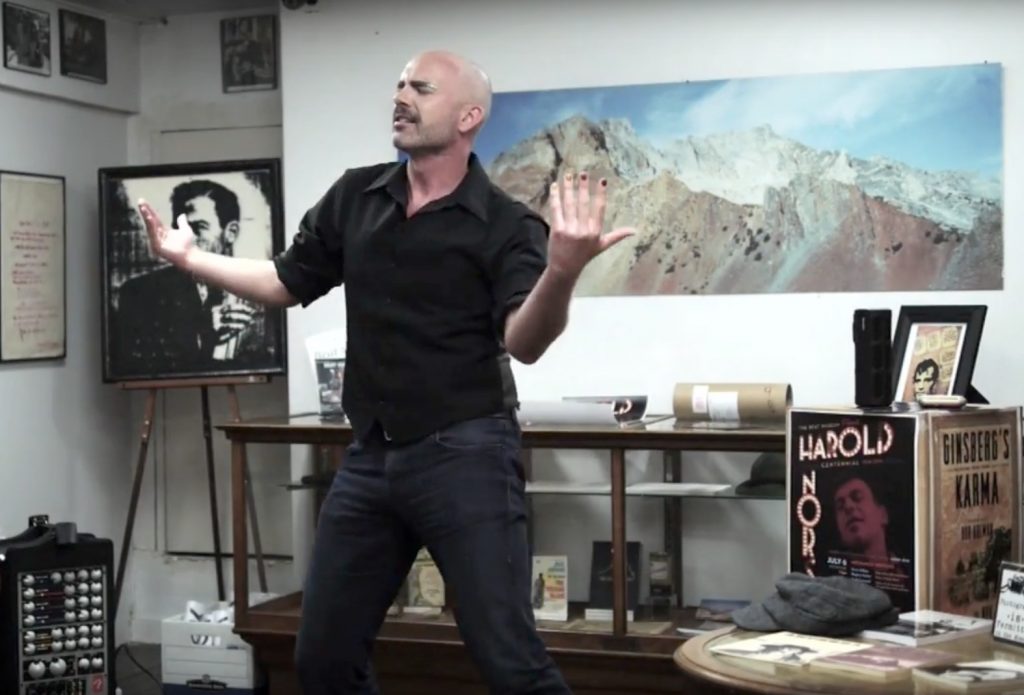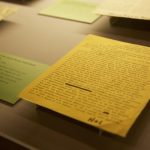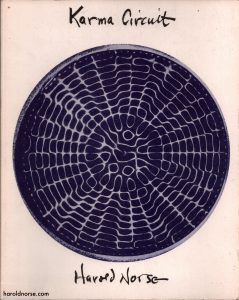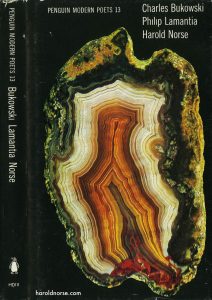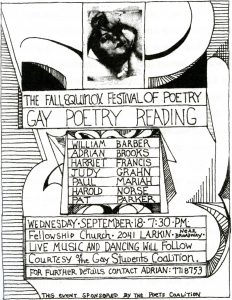Now that last summer’s Harold Norse Centennial has passed, it’s a good time to look back at the inspirational and historic tributes commemorating the 100th birthday of one of 20th century America’s important poets who was a pioneer in the use of common American speech and an early advocate for Gay Liberation.
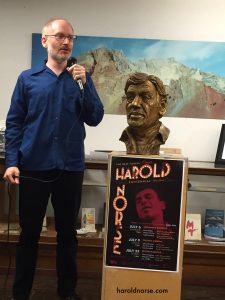 For years, North Beach’s Beat Museum has remained the go-to place for keeping the Beat legacy accessible and was the location of Norse’s final poetry readings. A previous post looked at the backgrounds of participants in the July 8, 2016 event and their unique connections with Norse.
For years, North Beach’s Beat Museum has remained the go-to place for keeping the Beat legacy accessible and was the location of Norse’s final poetry readings. A previous post looked at the backgrounds of participants in the July 8, 2016 event and their unique connections with Norse.
The evening kicked off with the multi-talented Jason Jenn who lent his enthusiastic performance skills to interpreting several of Harold’s poems for all three centennial presentations. For the Beat Museum event, he chose, amongst others, the poem “Naked Men in Green Heated Water.” Originally composed in the early 1970s, the poem is an impressionistic document of one of San Francisco’s gay bathhouses, the Ritch Street Baths, that comes alive on the page in part to Harold’s use of surrealistic imagery.
Accompanied by a percussive soundtrack, Jason’s interpretation invokes a tribal dance of the timeless communion of gay male sexuality with an incantatory repetition of the line “His eyes perfect body stirs mind ripples.” Harold would certainly have loved Jason’s performance as much as that evening’s audience did.
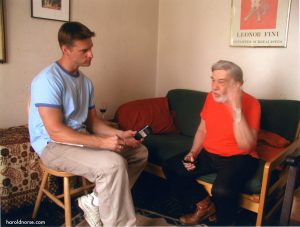
Jim Nawrocki is a gifted poet whose work regularly appears in Bay Area anthologies like the Arroyo Literary Review. He is also a frequent contributor of book reviews and articles to the Gay and Lesbian Review.
Nawrocki was instrumental is assisting Norse with the assemblage of material which became his massive collected poems, In the Hub of the Fiery Force. In his remarks, Nawrocki shared how Norse would often revise a decades old poem, seeing new ways to make the piece stronger. As Harold often commented, “I’m not a writer but a rewriter.”
The video clip below includes that anecdote along with Jim reading his poem “At Albion” which was part of a memorial collection of poetry that I published following Harold’s death in 2009.
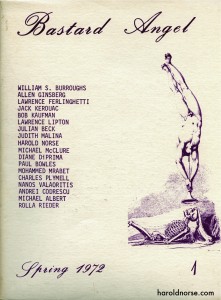 Among the evening’s highlights were remarks made by poet and writer Adrian Brooks who knew Harold in the 1970s when Brooks was a member of the radical gay theatrical troupe the Angels of Light. He offered assistance in the assemblage of Norse’s influential magazine Bastard Angel.
Among the evening’s highlights were remarks made by poet and writer Adrian Brooks who knew Harold in the 1970s when Brooks was a member of the radical gay theatrical troupe the Angels of Light. He offered assistance in the assemblage of Norse’s influential magazine Bastard Angel.
Brooks was invited to participate in a Master Class held by Norse over the course of several months where promising young writers listened to the elder poet’s lectures about the development of Modernism, in addition to critiques of their own writing. Transcripts of Adrian’s remarks were previously posted here and here.
 Tate Swindell’s friendship with Norse continues to blossom, providing fruits that enrich our appreciation of the Bastard Angel of Brooklyn. Through his record label Unrequited Records, Tate makes available recordings of Beat writers Jack Micheline and Herbert Huncke which were originally recorded by Eddie Woods’ Ins & Outs Press. Harold Norse of Course… documents Norse’s historic 1984 reading in Amsterdam. You can purchase a copy via digital download or a deluxe double colored vinyl.
Tate Swindell’s friendship with Norse continues to blossom, providing fruits that enrich our appreciation of the Bastard Angel of Brooklyn. Through his record label Unrequited Records, Tate makes available recordings of Beat writers Jack Micheline and Herbert Huncke which were originally recorded by Eddie Woods’ Ins & Outs Press. Harold Norse of Course… documents Norse’s historic 1984 reading in Amsterdam. You can purchase a copy via digital download or a deluxe double colored vinyl.
 In the video clip below, Tate speaks about visiting Harold at his home on Albion Street in San Francisco’s Mission District and the continual enthusiasm Norse expressed when having young visitors.
In the video clip below, Tate speaks about visiting Harold at his home on Albion Street in San Francisco’s Mission District and the continual enthusiasm Norse expressed when having young visitors.
The older members of the queer community are acutely vulnerable to isolation and loneliness. These experiences are captured in Tate’s tribute poem which closes out the video clip.
Thanks to all the participants for sharing their memories and creativity and to the Beat Museum for continuing to provide the inhabitants and visitors of San Francisco what is becoming an increasingly rare opportunity to honor and celebrate the legacy of its great poets.
The complete video of the evening can be viewed below:

